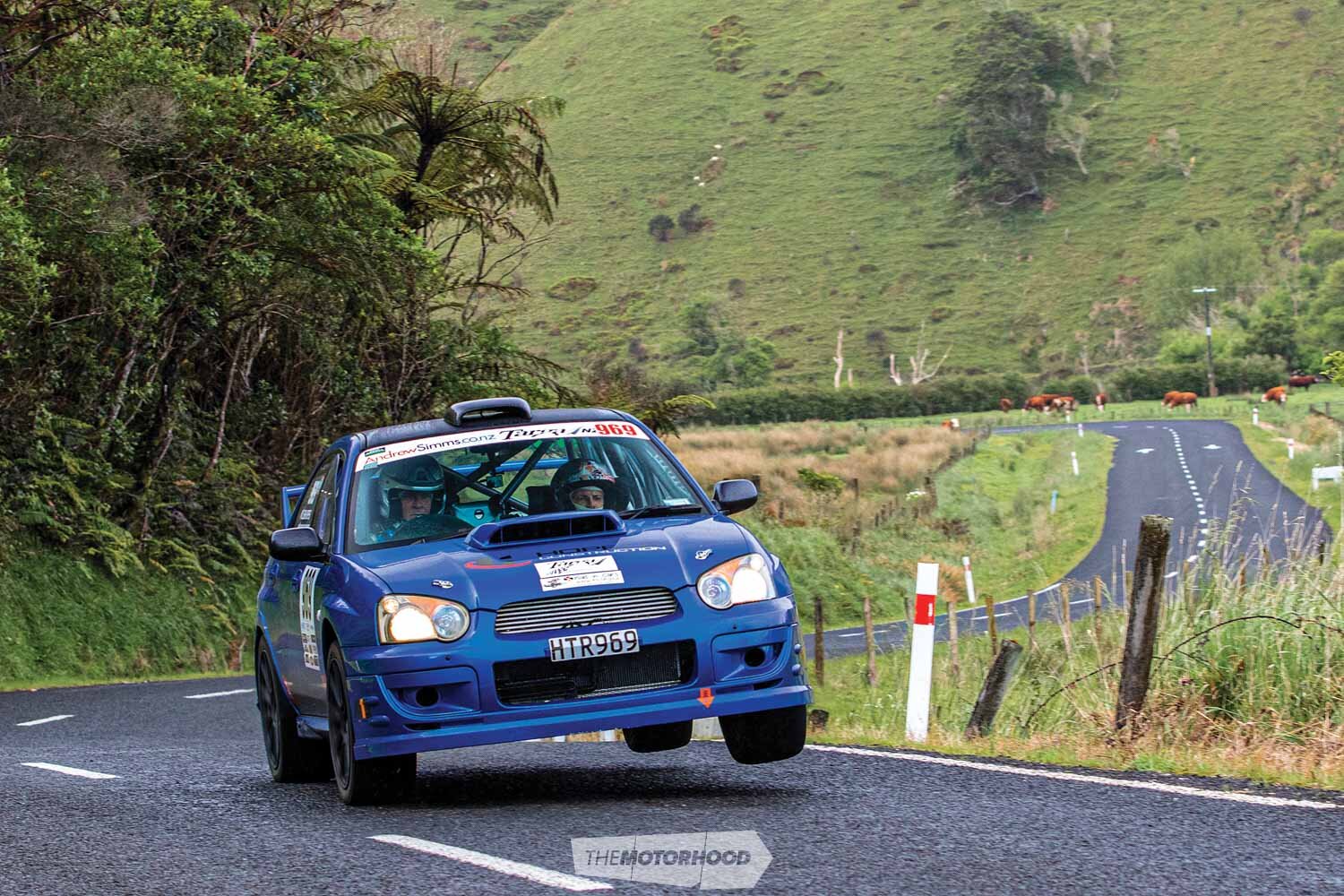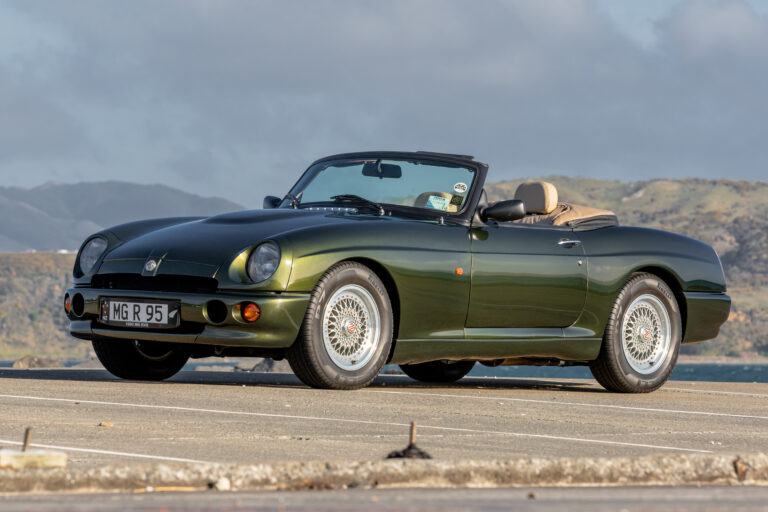
Last year we covered the new motorsports sanctioning body, Australian AutoSport Alliance (AASA), launched locally by LeMons organizer Jacob Simonsen. The alternative sanctioning body offers an alternative choice for permitting, licensing, and insurance for New Zealand motorsport event organizers, competitors, and officials. It was quickly adopted by Targa New Zealand for the Targa Tour portion of the event, while the main portion stayed under the MotorSport New Zealand (MSNZ) banner.
Now in 2020, the organizers behind Targa have announced that they’ll switch sanctioning bodies completely, with the local-arm of AASA taking over full duties. “I have decided to go with the AASA for both the competition and tour parts of our three Targa events in 2020,” Ultimate Rally Group director Peter Martin says.
“As an event organizer, and someone who is ultimately responsible for the safety of everyone who not only competes in but also is involved in some way in any of my events, I understand that safety is absolutely paramount.
“I found it refreshing this year to find that Jacob and his team at the AASA share the exact same laser-like focus on safety as I do, yet — because most [of] the processes are online — actually save everyone involved in the process of competing in one of my events, in time as well as money.”
The two-day Targa Bambina will return in March (7–8), followed by the three-day Targa Hawkes Bay event in May (15–17), and the five-day Targa New Zealand in the Taranaki region (14–18 October).


